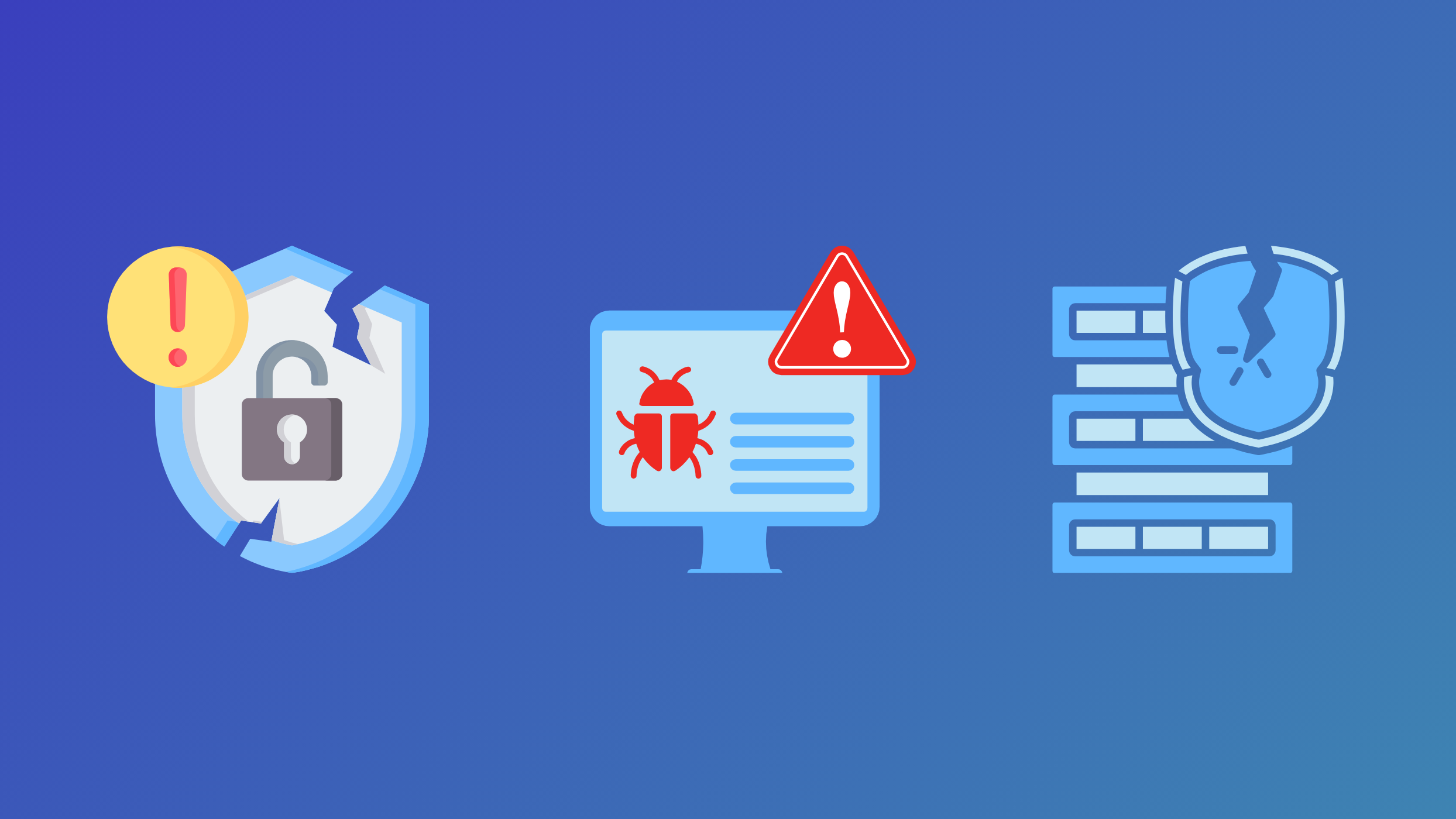The Hidden Pitfalls of AI-Generated Applications: Security, Scalability & Maintenance
Emma Klinteberg - 14 May 2025

The promise of AI in software development is exciting. With just a few prompts, you can generate working code, build prototypes, and even ship MVP’s faster than ever before. But behind the productivity gains lies a quieter, more uncomfortable reality.
AI-generated applications often struggle with security, scalability, and maintainability.
While AI can help accelerate early-stage development, it can also create long-term problems that are expensive, risky, and difficult to untangle. Here's what developers, startups, and CTOs need to watch out for:
1. Security: Just Because It Works Doesn’t Mean It’s Safe
AI doesn’t think like a security engineer. It doesn’t know your app’s context, risk model, or data classification.
An empirical study analyzing GitHub Copilot's outputs found that approximately 29.5% of Python and 24.2% of JavaScript snippets generated by Copilot contained known security risk (Fu et al., 2023), such as:
- Hardcoded secrets and credentials
- Injection vulnerabilities
- Weak random number generation
These issues may not be obvious until your app is in production or until it’s too late.
Worse yet, AI is trained on public code, which includes insecure examples. It might replicate outdated practices like unsanitized SQL queries or improper input validation without warning. AI speeds up code delivery but also speeds up the spread of insecure patterns.
2. Scalability: Quick Code Doesn’t Equal Scalable Architecture
AI is great at solving small, isolated problems. Need a function to sort dates or a basic login form? No problem. But ask it to design a system that can scale to 100,000 users? That’s where things fall apart.
Why?
- AI doesn’t understand your infrastructure: It may write code assuming synchronous functions, tight coupling, or single-threaded operations, which don’t scale well.
- Generated code often lacks modularity: It works, but it’s rarely optimized for containerization, distributed processing, or cloud-native best practices.
- No awareness of performance bottlenecks: AI can’t predict the database strain, caching issues, or concurrency challenges that arise under load.
Scalability needs planning, not just output. A “works on my machine” mentality won’t hold up when traffic spikes.
3. Maintenance: Who’s Going to Clean Up This Code?
Even if AI-generated code seems clean, it often lacks:
- Comments and documentation
- Meaningful variable/function names
- Reusable structure or design patterns
A study analyzing ChatGPT-generated code found that out of 4,066 programs, 1,930 suffered from maintainability issues, including poor code structure and lack of documentation. (Liu et al., 2023)
This makes it hard to onboard new developers, perform updates, or track bugs. Additionally, a DevOps.com survey reported that 67% of developers spend more time debugging AI-generated code, and 68% noted increased time spent on security fixes, highlighting the maintenance burden introduced by AI assistance.(TurinTech AI, n.d.)
And let’s not forget: when AI gets something wrong, it’s not always obvious until it breaks. And debugging code you didn’t fully understand or write yourself? That’s a nightmare.
AI can generate a working solution, but it can’t explain why it chose that approach or what hidden assumptions it made. This results in fragile, black-box codebases that are difficult to maintain or scale over time.
A Case of Speed Over Substance
The biggest risk is mistaking short-term speed for long-term success.
Startups often get excited by how fast AI can generate a demo or MVP. But that speed comes at a cost:
- Security risks accumulate when generated code isn’t audited
- Performance bottlenecks appear when scaling beyond local testing
- Maintenance headaches grow when no one understands what the code really does
What you gain in short-term velocity, you lose in long-term reliability, unless you put real engineering discipline behind the AI. Without rigorous code reviews and adherence to best practices, AI-generated code can lead to increased maintenance efforts and scalability challenges, offsetting initial productivity gains.
Final Thoughts
AI-generated apps might look shiny and productive at first glance but they come with baggage. Security vulnerabilities, poor scalability, and high maintenance costs can turn a fast prototype into a long-term liability.
As with any tool, the key is balance. Use AI to speed up the simple stuff but bring human expertise to anything critical. Plan your architecture. Audit your code. AI might get you from A to B fast, but, without human oversight, it might be driving off a cliff.
References
Fu, Y., Liang, P., Tahir, A., Li, Z., Shahin, M., Yu, J., & Chen, J. (2023, October 3). Security weaknesses of Copilot-Generated Code in GitHub Projects: an empirical study. arXiv.org. https://arxiv.org/abs/2310.02059
Liu, Y., Le-Cong, T., Widyasari, R., Tantithamthavorn, C., Li, L., Le, X. D., & Lo, D. (2023, July 24). Refining ChatGPT-Generated Code: Characterizing and mitigating code quality issues. arXiv.org. https://arxiv.org/abs/2307.12596
The Hidden Cost of AI-Generated Code: What Research and Industry Trends Are Revealing - TurinTech AI, n.d.https://www.turintech.ai/blog/the-hidden-cost-of-ai-generated-code-what-research-and-industry-trends-are-revealing